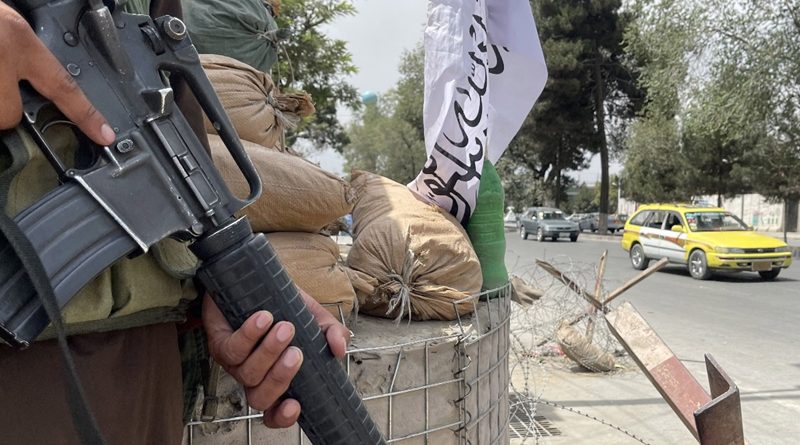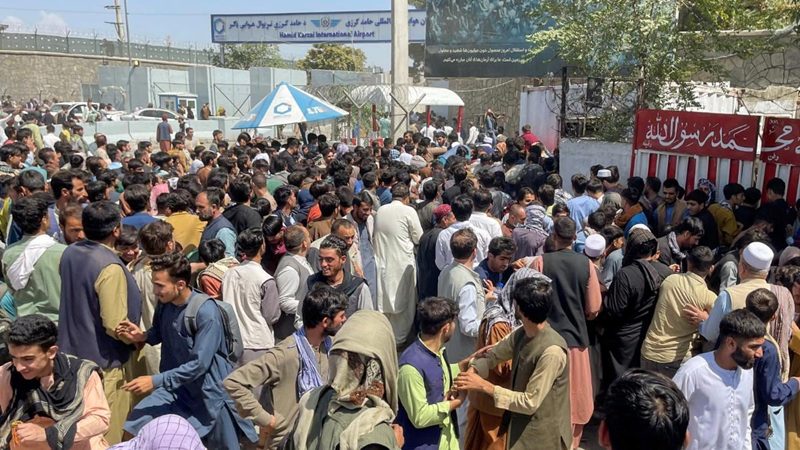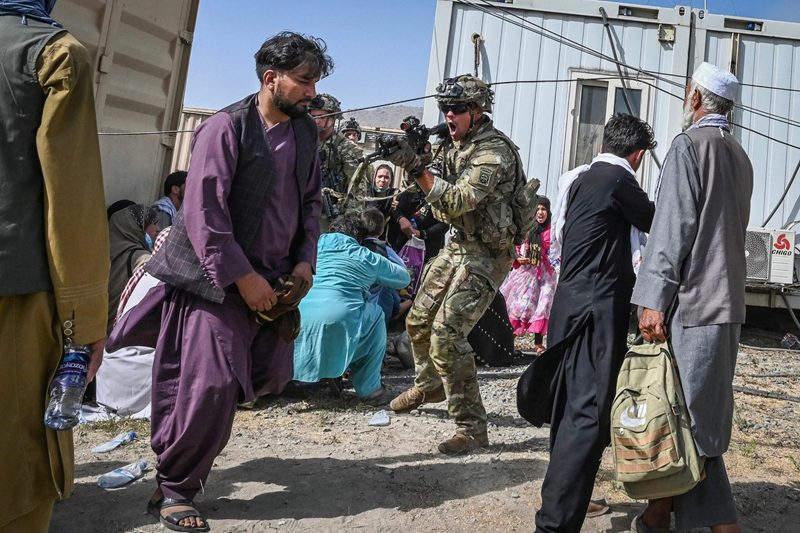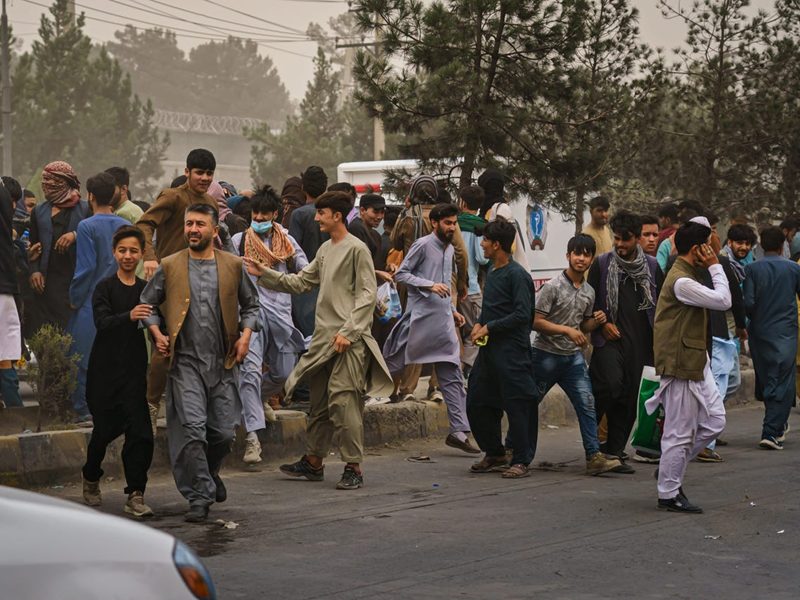The Afghan Taliban entered the Afghan capital, Kabul, on August 15th, local time, gradually taking control of the situation on the ground. In recent days, the station’s correspondents in Kabul have been sent back to the scene to report on the situation on the ground. 20, the station reporter in Kabul what saw and heard? Watch the latest reports.
20, Kabul has improved from previous days, with more vehicles and pedestrians on the streets. Supermarkets, gas stations, markets and grocery stores are open, but commodity prices have risen. At the same time, the Number of Taliban checkpoints on the streets has decreased.
However, the perimeter of Kabul airport remained chaotic, with occasional gunfire, compared with the gradual return of calm in downtown Kabul, Afghanistan.
Less than 5 kilometers from the reporter’s station to the airport, a dozen minutes’ drive away on weekdays, and now only a few hundred meters away from the traffic jam. Many of the people who were going to the airport left their cars on the side of the road and carried parcels to the airport. The policemen who had been standing at the checkpoint with live ammunition were also lost. Because there is equipment in the car, our cameraman still recommends driving slowly forward.
In February 2020, after the U.S. and Taliban reached an agreement, some people worried about the uncertain and economically capable situation began to leave.
Others, who have worked as translators or transporters for the U.S. military, have promised to issue immigrant visas to them when they eventually withdraw, but at least 80,000 Afghans and their families are said to have applied for special immigrant visas, and only a few thousand are currently leaving.
Overhead, a transport plane hovered and people with weapons shuttled between vehicles. When the Taliban left Kabul 20 years ago, they used Soviet-made rifles, most of which are now in American gear, and some are wearing uniforms of U.S. special forces. In the distance, a group of people wearing headscarves stood in a jeep, one holding a rocket launcher.

There are more and more vehicles parked on the road, we can only get off with the equipment and walk. Suddenly shots rang out in front of me, and the crowd suddenly poured in the opposite direction toward the airport like a tide, and I subconsciously clenched my phone, and my colleagues next to me held the camera in my arms.
After the gunshots disappeared, the crowd was blocked by an invisible embankment and turned back and headed for the airport. As the more people walked forward, the people next to me told me that the day before, the U.S. military had opened fire at the airport, throwing local faces out and throwing many tear gas canisters outside the airport.
Most people outside the airport do not have visas, some do not even have passports, purely with a try mentality to try their luck.

A man in his fifties says he paid $34,000 for a friend two days ago to buy a “ticket” that he said he could board a U.S. plane to Qatar. But now the U.S. military says airports can only be used to evacuate non-Afghans, and the Taliban have cards to intercept them. The terminal couldn’t get in, and my friend couldn’t get through.
Just then, the cameraman next to me pulled me and pointed to the wall. An American soldier in dark glasses was shouting at me, exaggerating his “go away” gesture.

At this time, behind me there are people pushed me, looking back are two Taliban soldiers. I explained to them that a Taliban commander had allowed us to shoot here. A soldier shook his head and said that the commander, whom he did not know, had nothing to do with them. We had to honestly hand over our phones and cameras and ask them to delete the footage.
At this time, the U. S. troops in the airport and outside the Taliban soldiers shouted to us at the same time: “Go, go…”



